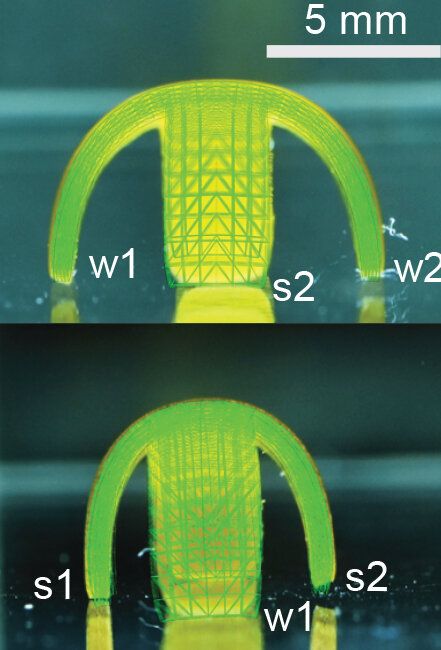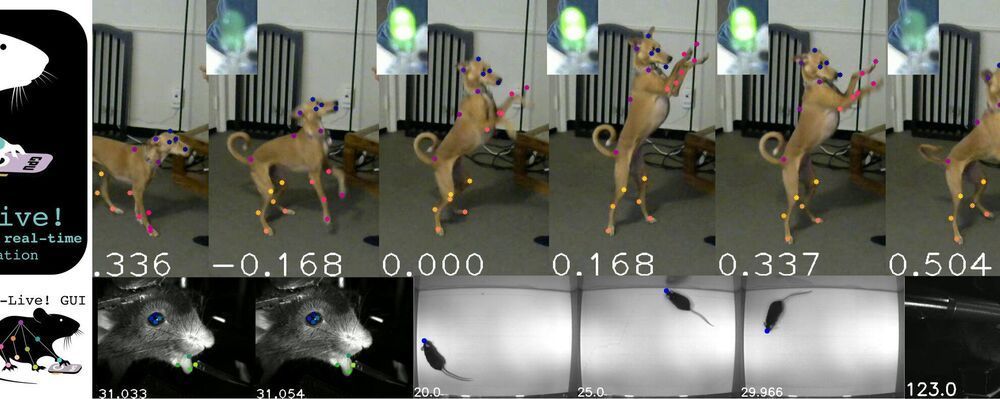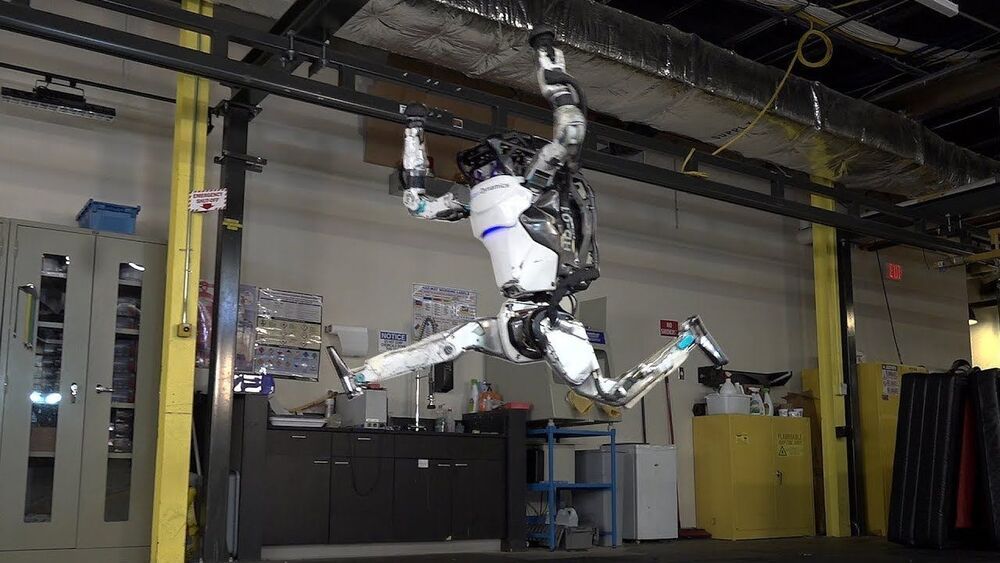Dec 10, 2020
Melodie Yashar — Co-Founder of Space Exploration Architecture (SEArch+)
Posted by Ira S. Pastor in categories: health, robotics/AI, space travel
Today we’re joined by Melodie Yashar — Designer, Researcher, Technologist, co-founder of the firm Space Exploration Architecture (SEArch+), Senior Research Associate with San Jose State University Research Foundation at NASA Ames Research Center, and an Associate Researcher within the UC Davis Center for Human/Robotics/Vehicle Integration and Performance (HRVIP). She also teaches undergraduate and graduate design at Art Center College of Design and is a 2019–2020 Future Space Leaders Fellow.
Melodie’s current work focuses on the relationship of advanced software & hardware systems for spaceflight and maintains ongoing research interests in the design of augmented environments, human-machine interaction, human performance studies, and space technology development.
Continue reading “Melodie Yashar — Co-Founder of Space Exploration Architecture (SEArch+)” »

















